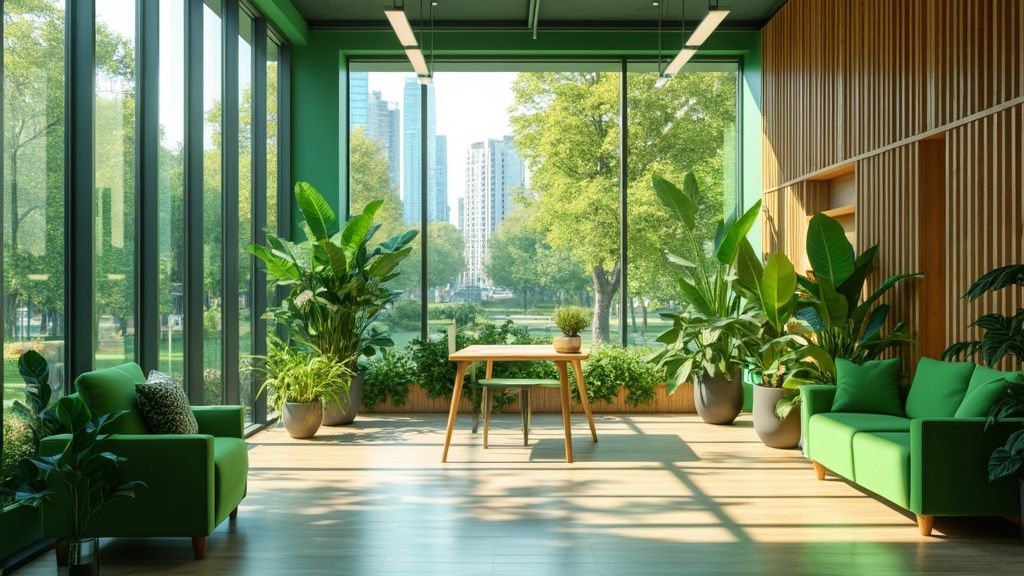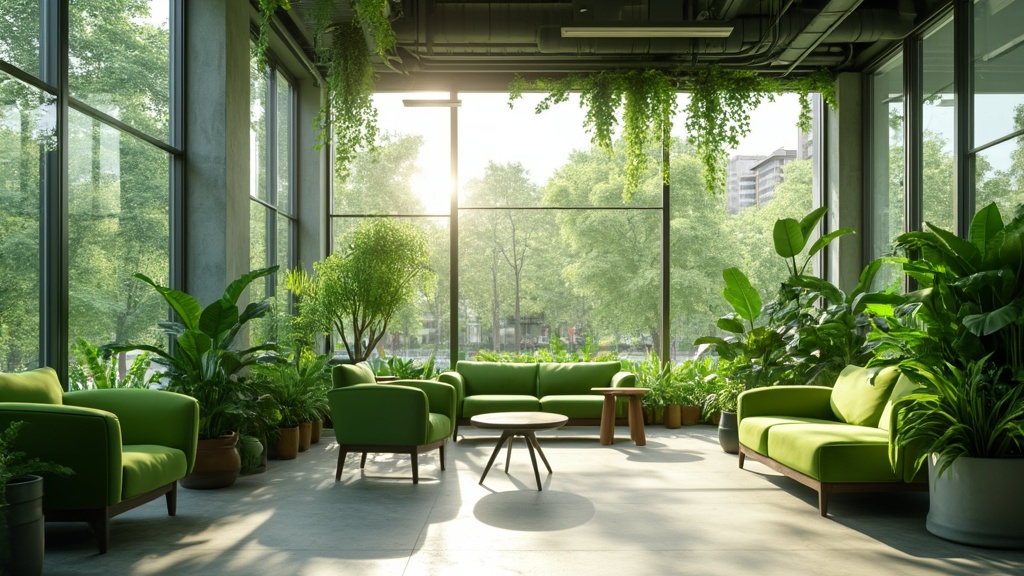Exploring ecofriendly furniture makes a profound difference in minimizing your home’s environmental footprint. Green furniture options offer not only the chance to reduce emissions but also the opportunity to embrace sustainable practices in daily life.
Did you know that using sustainable materials, such as reclaimed wood, can lead to a reduction of up to 80% in carbon emissions compared to traditional timber? By choosing ecofriendly designs featuring nontoxic finishes and durable furniture, consumers can make informed decisions that benefit both the planet and personal well-being.
Awareness regarding these choices encourages responsible consumption, fostering a transition toward greener living.
Click here to learn more about: interior designers and decorators
Sustainable Furniture For Ecoconscious Living
Emphasizing sustainable furniture plays a significant role in minimizing carbon footprints throughout home decor.
Selecting materials like bamboo furniture and natural fibers not only enhances the aesthetic appeal but also contributes to environmental responsibility. Integrating ecofriendly pieces into existing decor can be seamless; for example, using recycled furniture or items crafted by local artisans can create a cohesive and attractive look.
Benefits of Sustainable Furniture
Investing in durable furniture leads to less waste over time, significantly reducing replacement costs.
Quality ecofriendly options often feature biodegradable materials and enhance furniture longevity, thus promoting waste reduction. These pieces can potentially increase property values, catering to the expanding market of environmentally conscious consumers.
Incorporating Ecofriendly Pieces
Successfully incorporating sustainable decor into your home requires consideration of style and function.
Utilizing modular furniture or multifunctional pieces allows for flexibility in design, meeting diverse needs while maintaining a commitment to sustainability.
Prioritizing eco-friendly upholstery and natural finishes further aligns with a green lifestyle while ensuring that aesthetics do not compromise.
“Sustainable design not only protects the environment but also enhances our living spaces. ”

How Do Ecofriendly Materials Impact Design
The selection of materials can dramatically shape both the aesthetic appeal and functionality of interior designs. For instance, choosing bamboo furniture introduces a unique visual element while promoting a sustainable lifestyle, thanks to its rapid growth and renewability.
Designers often transform reclaimed wood from deconstructed buildings into stylish furniture, enhancing interiors while encouraging waste reduction.
Utilizing locally sourced materials is crucial for reducing carbon footprints by minimizing transportation emissions and fostering connections with local artisans.
Embracing ecofriendly materials allows designers to create spaces that are not only visually striking but also environmentally responsible.
Benefits Of Recycled Furniture In Homes
Utilizing recycled furniture presents multiple advantages that align with eco-conscious values. The cost-effectiveness of recycled furniture, often crafted from upcycled materials, provides unique styles that traditional markets may lack.
Homeowners choosing recycled options actively engage in waste reduction, assisting in redirecting usable materials away from landfills. Quality recycled furniture can typically be identified through furniture certification, ensuring adherence to sustainable practices.
When seeking these items, consider exploring local shops or online platforms focused on ecofriendly designs to enhance your home decor while advancing a greener future.
Ecofriendly Materials and Recycled Furniture
- Bamboo grows rapidly and can be harvested in three to five years, making it a highly renewable resource.
- Reclaimed wood reduces the demand for new lumber, helping to preserve forests and decrease deforestation.
- Using locally sourced materials can cut transportation emissions by up to 50%, significantly lowering carbon footprints.
- Recycled furniture can be up to 30% cheaper than new furniture, making it an economical choice for homeowners.
Choosing Nontoxic Finishes For Safety
Prioritizing a healthy environment within your home hinges on the careful selection of finishes. Traditional finishes frequently contain volatile organic compounds (VOCs), which can lead to long-term health issues, including respiratory complications.
With growing awareness of indoor air quality, the demand for nontoxic finishes has significantly increased.
Popular alternatives available today encompass:.
- Natural oils, such as linseed oil, which are derived from renewable sources.
- Water-based finishes, emitting considerably fewer harmful chemicals.
These options not only promote health but also enhance the aesthetics of your space. In addition, employing proper finishing techniques—such as applying multiple thin coats—ensures durability while contributing to a healthy living environment. Ultimately, selecting eco-friendly materials aids in reducing overall environmental impact while creating a safer home.
The Charm Of Bamboo Furniture In Decor
The unique characteristics of bamboo furniture add an exceptional touch to your living area, embodying both style and sustainability. This remarkable material boasts an impressive growth rate—up to three feet per day—making it an ideal choice for sustainable furniture. Bamboo’s cultivation requires minimal pesticides, aligning with eco-friendly practices.
Design Versatility
Bamboo furniture naturally complements a variety of decor styles, including:.
- Modern – Clean lines and minimalist designs.
- Rustic – A warm, natural aesthetic.
With its ability to adapt, bamboo offers numerous customizable options to suit any stylish aesthetics that enhance your home decor.
Care Tips for Longevity
To preserve the beauty of bamboo furniture, consider the following essential care tips:.
- Regularly clean with a soft cloth to avoid scratches.
- Avoid exposing bamboo to excessive moisture to prevent warping.
With its attractive aesthetics and commitment to sustainable living, bamboo furniture represents a durable choice that seamlessly integrates into any home setup.
Nontoxic Finishes and Bamboo Furniture
- Studies show that reducing VOC exposure can significantly improve indoor air quality and overall health.
- Bamboo can grow up to 30% faster than traditional hardwoods, making it a highly renewable resource.
- Water-based finishes can reduce indoor air pollution by emitting fewer harmful chemicals compared to oil-based alternatives.
- Proper care of bamboo furniture can extend its lifespan significantly, making it a cost-effective choice for homeowners.
Understanding Reclaimed Woods Environmental Impact
Utilizing reclaimed wood products significantly contributes to sustainability practices. This form of sustainable furniture comes from old structures such as barns or warehouses, preventing valuable materials from ending up in landfills.
Each piece of reclaimed wood carries a unique history, offering stylish aesthetics that cannot be replicated by new wood.
Additionally, reclaimed wood products actively sequester carbon, aiding in greenhouse gas reduction.
By choosing reclaimed options, consumers participate in a circular economy, supporting responsible sourcing and waste reduction while enhancing their home decor with rich character and historical value.
What Is Furniture Certification And Why It Matters
Furniture certification serves an essential role for eco-conscious consumers. Certifications such as FSC (Forest Stewardship Council) and GREENGUARD signify responsible sourcing and adherence to health standards.
These labels provide transparency in the furniture market, allowing customers to make informed choices about sustainable furniture options. As demand grows for environmentally responsible products, manufacturers are increasingly motivated to adopt sustainable design practices.
To verify certifications, consumers should check official websites, contact certifying bodies, and utilize resources that specialize in tracking sustainability ratings.
This ensures their purchases align with their values, further promoting a sustainable lifestyle.
Reclaimed Wood and Furniture Certification
- Reclaimed wood can reduce landfill waste by up to 30% when used in furniture production.
- FSC-certified wood ensures that forests are managed sustainably, protecting biodiversity and ecosystems.
- GREENGUARD certification indicates that products have low chemical emissions, contributing to healthier indoor air quality.
- Utilizing reclaimed wood can reduce carbon emissions by an estimated 50% compared to using new wood.
Exploring Stylish Aesthetics In Sustainable Decor
Sustainable decor effectively combines stylish aesthetics with eco-friendly materials, offering a design approach that respects both beauty and the environment. Innovative designers today are increasingly opting for sustainable furniture, which includes pieces made from bamboo and reclaimed wood.
These materials not only enhance the visual appeal of interiors but also promote responsible sourcing and waste reduction.
The Power of Color and Texture
The role of color and texture is paramount in creating energyefficient production within sustainable decor.
Earth tones naturally evoke a sense of calm, fostering a healthy living environment.
Incorporating varied textures through natural fibers and upcycled materials intensifies the sensory experience, allowing for a harmonious blend of style and sustainability.
“Aesthetic choices can reflect one’s commitment to environmental responsibility, turning homes into spaces that showcase a sustainable lifestyle. ”
By integrating eco-friendly upholstery and nontoxic finishes, homeowners can protect their health while creating attractive aesthetics. This commitment extends to utilizing modular furniture and multifunctional pieces, which emphasize durability and furniture longevity, thereby minimizing the carbon footprint reduction associated with wasteful consumption.
Contemporary Trends and Timeless Design
Blending sustainable pieces with modern trends allows for a unique aesthetic that resonates with conscious consumption.
Furniture certification, such as FSC certified and Cradle to Cradle, ensures that materials used are sourced ethically, reinforcing the importance of environmental impact awareness. Engaging with local artisans and exploring vintage pieces can further enhance the charm of a space, highlighting artisan craftsmanship in sustainable decor.
A thoughtfully curated home, utilizing biodegradable options and natural finishes, reflects an individual’s dedication to low-impact design.
Ultimately, the intersection of innovative design and sustainability practices leads to a thriving, beautiful environment that fulfills both aesthetic desires and ethical considerations.
| Material Type | Benefits |
|---|---|
| Bamboo | Fast-growing and renewable resource |
| Reclaimed Wood | Reduces waste and promotes sustainable sourcing |
| Natural Fibers | Enhances texture and sensory experience |
| Eco-friendly Upholstery | Nontoxic and safe for health |
Organic Materials Furniture Redefines Design
Reclaimed Wood Furniture Transforms Spaces



